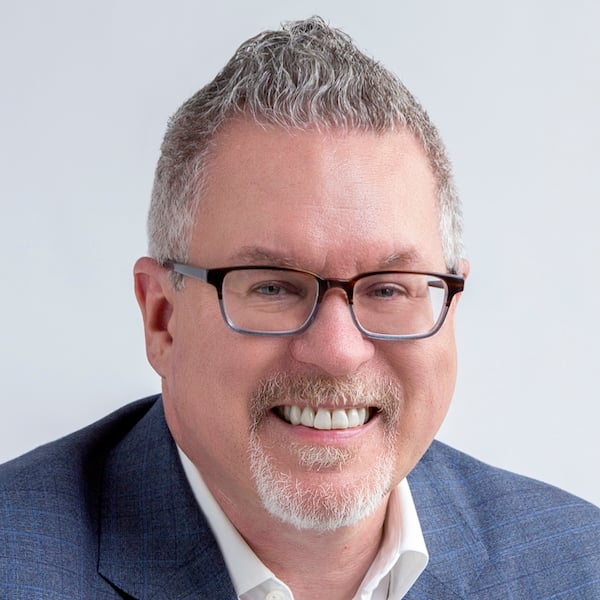Did you know that Value Capture has a short (and FREE) online course about systems and transformation? It's called "3 Systems for Transformation."
I recently took the course and wanted to share a few thoughts and highlights in this post.
The course is short, taking between 15 and 30 minutes probably, depending on how much you stop and think and reflect. And there's a lot here that will make you think.
We want transformation. Well, why? Why transformation? We are hopefully aiming for the theoretical limits of performance, such as zero harm to patients and zero harm to employees. We might also be working on a perfect patient experience and ideal outcomes from the work our health system does.
In the course, instructor Bill Boyd says:
“We start with principles, realize the behaviors we want, and then design systems to reinforce desired behavior. Let us start with the end in mind, systems.”
We then want to understand the answer to the question, "What is a system?" And why does that matter?
The course includes a video from the legendary, the late, great Russell Ackoff. Who better to ask about systems?
In the video, Ackoff says most quality programs are failures. The reasons for the failures? A lack of systems thinking and a lack of systemic application, according to Ackoff.
What is a system? Ackoff explains (it's best to hear it directly from him in the video) that, for example, our human body, as an organism, is a system. It's a "whole" with interconnected parts – and what matters is not just the sum of its parts, but the interactions between the parts.
What happens when a system is taken apart? It loses what makes it special and effective. It may no longer be a functioning system, at all.
Ackoff also uses an analogy with the architect of a home (which leads me to think about being the architects of a management system and the implications of what Ackoff says).
“[The architect] can modify the house in such a way that improves the quality of the rooms. But [they] will never modify the house to improve the quality of the rooms unless the quality of the house is simultaneously improved.” And that should apply in continuous improvement, as well, he adds.
Ackoff also states that finding deficiencies and removing them does not necessarily improve the quality of the system. Improvement systems must be directed at what you WANT, not what you DON’T WANT.
There's a difference between reacting to defects in safety or deficiencies in care and thinking about the ideal experience and ideal outcomes.
Ackoff asks if we're doing things right or if we're doing the right things. Is it better to do the right things the wrong way, instead of the wrong things the right way? How do we start doing the right things the right way?
As Bill says in a later part of the course:
“Organizations that desire excellence are dependent on multiple systems.”
Those systems, explained further in the short course are:
- Work system
- Improvement system
- Management system
These three systems are connected into a… system. An overall system. A system of systems.
How do we create the most effective system for our organization, whether we call that an "Operating System" or something else?
Related Podcast
Check out this episode of Habitual Excellence that features Didier Rabino talking about the three systems. Use the audio player below or visit this page to get a transcript or to watch the video version of the discussion.

Written by Mark Graban
Mark Graban has served healthcare clients since 2005. Mark is internationally recognized as a leading author and speaker on Lean healthcare. His latest book is "The Mistakes That Make Us: Cultivating a Culture of Learning and Innovation."



Submit a comment